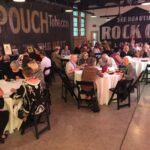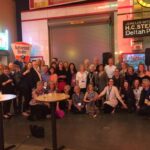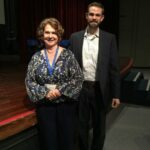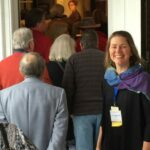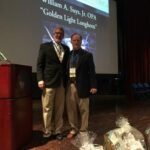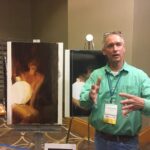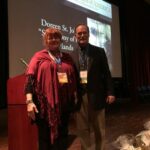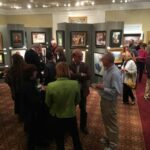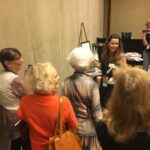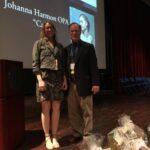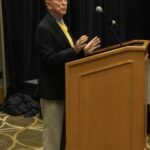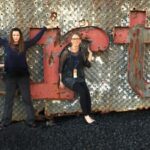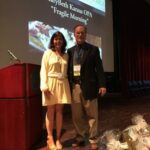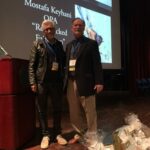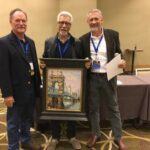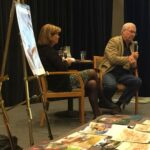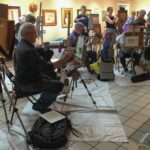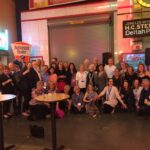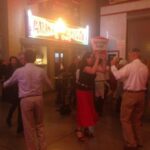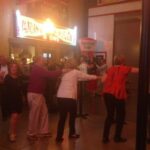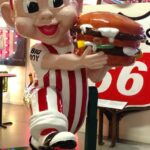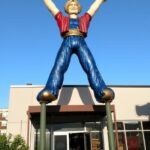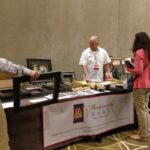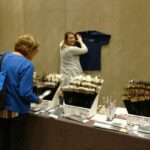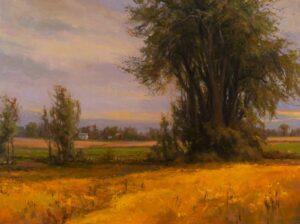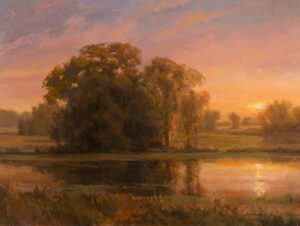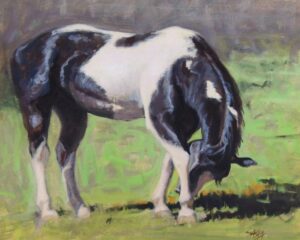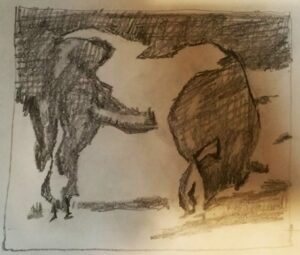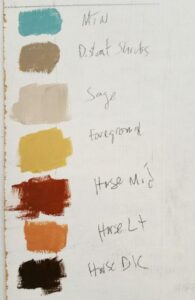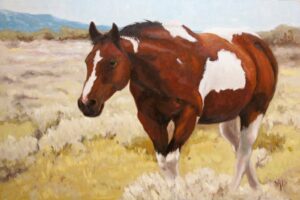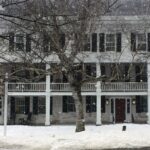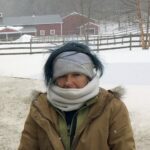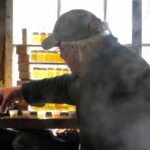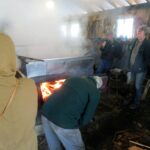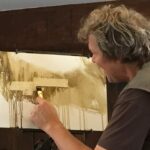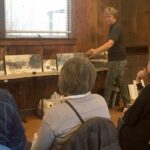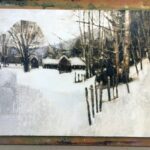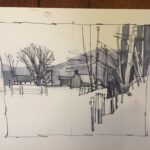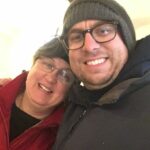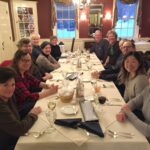Why Every OPA Artist Should Attend This Event
If I may borrow from actor George Takei: “Oh My!”
I never expected to see John Michel Carter, Kathryn Beligratis, Bill Whitaker, or Suzie Baker together in a conga line – or myself for that matter – but that was what the closing party for the OPA’s 26th Annual National show was like.
The venue for the party, Cincinnati’s American Sign Museum, was just the place for painters, patrons, venders and friends to kick up their heels. The unusual surroundings (iconic neon signs and memorabilia from the fifties and sixties), capped an unusually relaxing and comfortable four days along the banks of the Ohio.
With the weather and temperature cooperating, the river and the city parks were within walking distance – as were the fine dining and Graeter's Ice Cream. Friday, Saturday and Sunday were packed with informative demos and presentations. More things to do and see than any one person could take in.
The reason most frequently given for not coming to an OPA National Juried Exhibition is: “I didn’t get in.” With all respect, if you are waiting for that you are missing the point of a conference. The annual show provides every OPA member the opportunity to see and learn, to meet and to exchange ideas with other artists. And by missing the National you’re just missing a lot of fun.
A painting demonstration by William Whitaker OPAM is always as entertaining as informative, and he was followed on Friday by a portrait demo by Johanna Harmon and still later, a presentation by David Mueller: “Sophisticated Fundamentals.” Many who attended this talk came away with the feeling they had just gotten their money’s worth for coming to Cincinnati. I could go on, and maybe I should – but whenever I hear that phrase spoken, I’m already tuning out.
I will just make a plug for next year’s conference: Steamboat Springs, Colorado – a place as beautiful in the summer as it is the rest of the year.
I’ve been on both sides of the equation myself, but can’t say ‘in-or-out’ has ever deterred my attending a show. If time, distance, and budget cooperate, the opportunity to see, meet, hear and learn from your contemporaries cannot be missed.
At every conference I’ve attended, information is exchanged constantly and freely: technical, material, professional. It is there for the asking.
Quite literally, going to OPA events has made me a better artist.
Okay. That’s the business end.
The real story was this: Cincinnati was a great place to go, just to have fun with your ‘peeps.’
Cincinnati may have been the best yet.
Seeing the paintings accepted into the annual OPA online or in the catalog, is a poor substitute for the real thing.
Opening Weekend Events: May 30 – June 3, 2018
